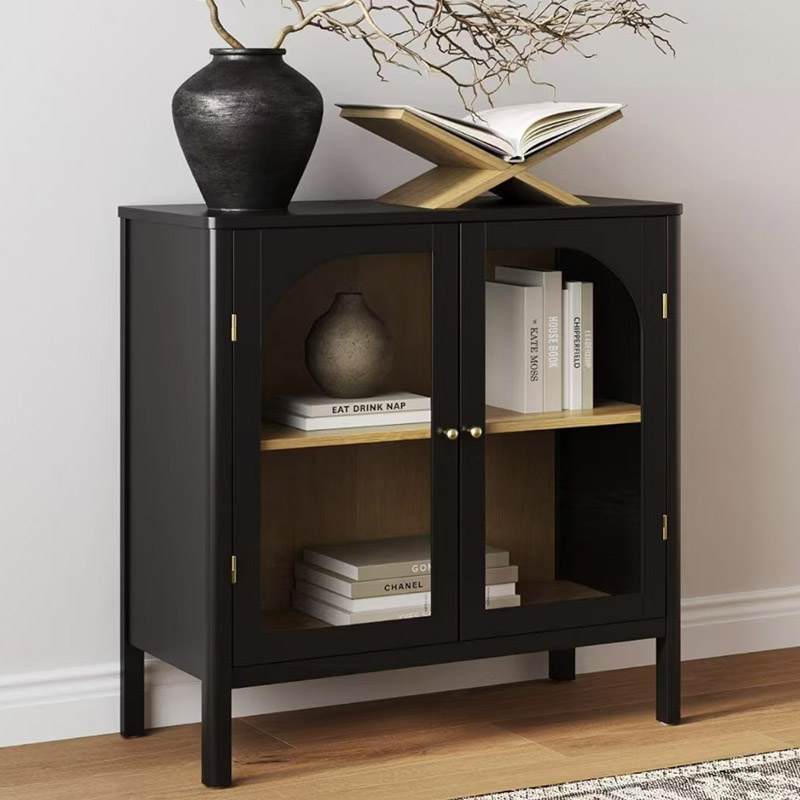How Long Can You Keep Furniture in Storage
As a furniture manufacturer, we understand that circumstances may require placing furniture in storage. Whether due to relocation, renovation, or temporary space constraints, proper storage is essential to preserve your investment. The duration furniture can be safely stored depends on factors such as material composition, environmental conditions, and preparation methods. This article provides a professional analysis to guide your decisions.
Key Factors Affecting Furniture Storage Longevity
1. Material Composition
Solid Wood: Durable but susceptible to humidity changes. Untreated wood may warp, crack, or develop mold in suboptimal conditions. With proper care, it can last decades in storage.
Engineered Wood (e.g., MDF, particleboard): Vulnerable to moisture absorption, which can cause swelling or disintegration. Maximum recommended storage is 5-10 years in ideal environments.
Metal: Resistant to pests but prone to rust if exposed to humidity. Powder-coated or stainless steel fares better, with a potential storage life of 20+ years.
Upholstery: Natural fabrics (cotton, linen) may fade, attract pests, or develop mildew. Synthetic fabrics (polyester, microfiber) are more resilient. Leather can dry and crack without conditioning.
2. Environmental Conditions
Temperature: Consistent, moderate temperatures (55-75°F / 13-24°C) are ideal. Extreme heat can dry out wood and upholstery; cold can make materials brittle.
Humidity: Relative humidity should be maintained at 40-55%. High humidity promotes mold and metal corrosion; low humidity causes wood to crack.
Light Exposure: Prolonged exposure to sunlight (even indirect) can fade finishes and fabrics.
Pest Control: Insects (e.g., termites) and rodents can cause irreparable damage.
3. Preparation and Packaging
Cleaning: Dust, dirt, and spills should be thoroughly cleaned to prevent stains or corrosion.
Disassembly: Larger pieces should be disassembled (if designed for it) to reduce stress on joints and save space.
Protective Packaging: Use furniture covers (breathable fabric, not plastic), bubble wrap for fragile parts, and pallets to elevate items off concrete floors.
Recommended Storage Durations by Furniture Type
1. Wooden Furniture
Solid Hardwood (e.g., oak, maple): 15-30 years in climate-controlled storage.
Engineered Wood: 5-10 years, even in optimal conditions, due to adhesive degradation risk.
2. Upholstered Furniture
Sofas and Armchairs: 3-7 years. Cushions may develop permanent creases; springs can lose tension.
Mattresses: 2-5 years. Beyond this, internal structures may compromise support.
3. Metal Furniture
Indoor Pieces (e.g., Bed Frames): 10-20 years with rust prevention.
Outdoor Pieces: 5-10 years due to inherent exposure risks.
4. Specialty Items
Electronics (e.g., adjusTable beds): Not recommended for long-term storage; batteries and motors may degrade.
Antiques: Require professional appraisal and custom conditions for preservation.
Risks of Prolonged Storage
Even in ideal settings, extended storage introduces risks:
Material Degradation: Adhesives dry out, fabrics weaken, and finishes oxidize.
Technological Obsolescence: Stored electronics or mechanically complex furniture may become outdated or incompatible.
Insurance Limitations: Many policies reduce coverage for items stored beyond 1-2 years.
Best Practices for Long-Term Storage
Choose Climate-Controlled Units: These maintain stable temperature and humidity levels.
Elevate Items: Use pallets or shelves to prevent moisture absorption from floors.
Inspect Regularly: Check every 6-12 months for signs of damage, pests, or environmental shifts.
Use Appropriate Covers: Breathable cotton covers protect against dust while allowing moisture evaporation.
Document Conditions: Record humidity and temperature during visits to ensure consistency.
Conclusion
The safe storage duration for furniture ranges from 2 to 30 years, depending on material quality, environmental controls, and preparation. Solid wood and metal furniture outperform engineered wood and upholstery in longevity. Climate-controlled storage is non-negotiable for periods exceeding 1-2 years. As a manufacturer, we recommend that you consult product-specific guidelines and choose a professional storage solution to maximize the preservation of your furniture. Proper planning ensures your furniture remains functional and aesthetically valuable for years to come.


